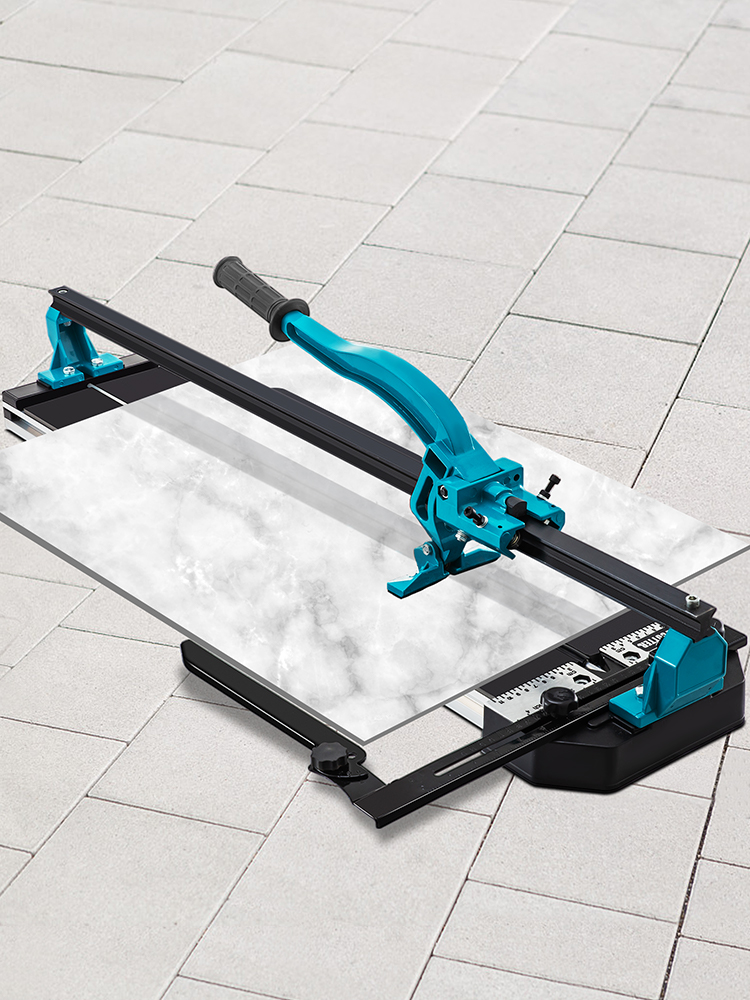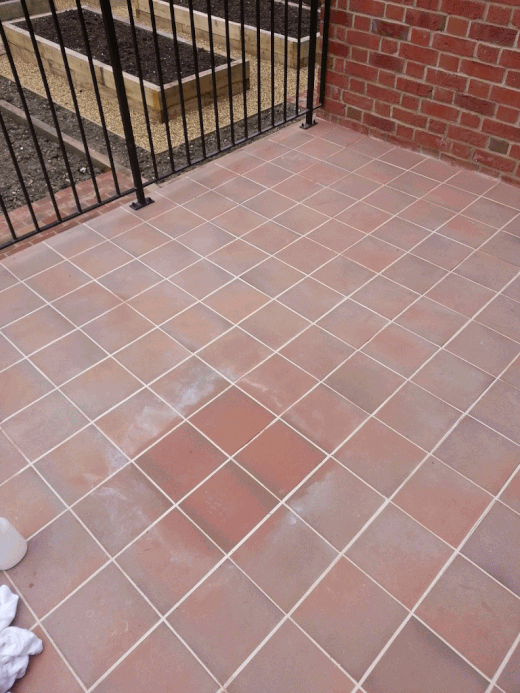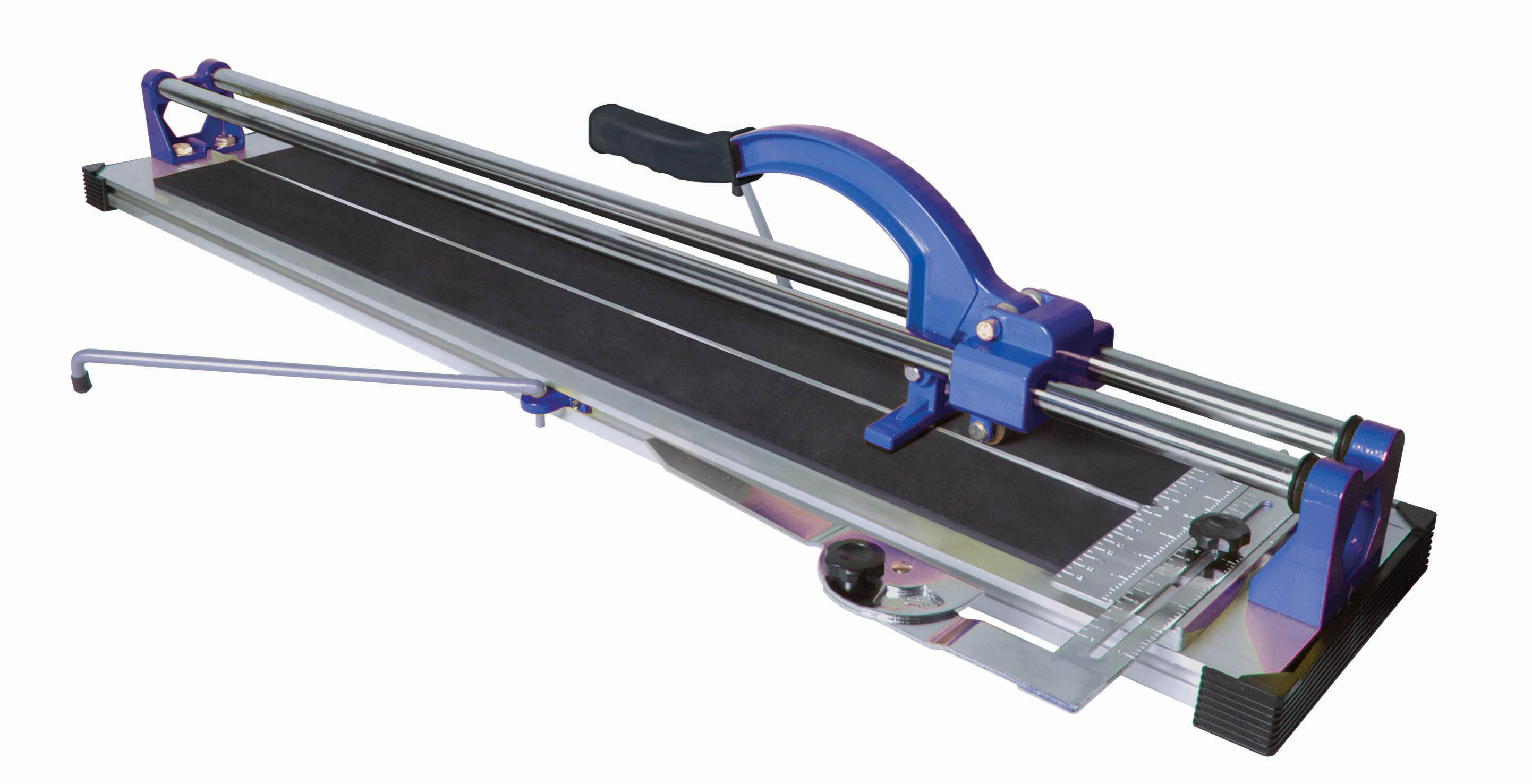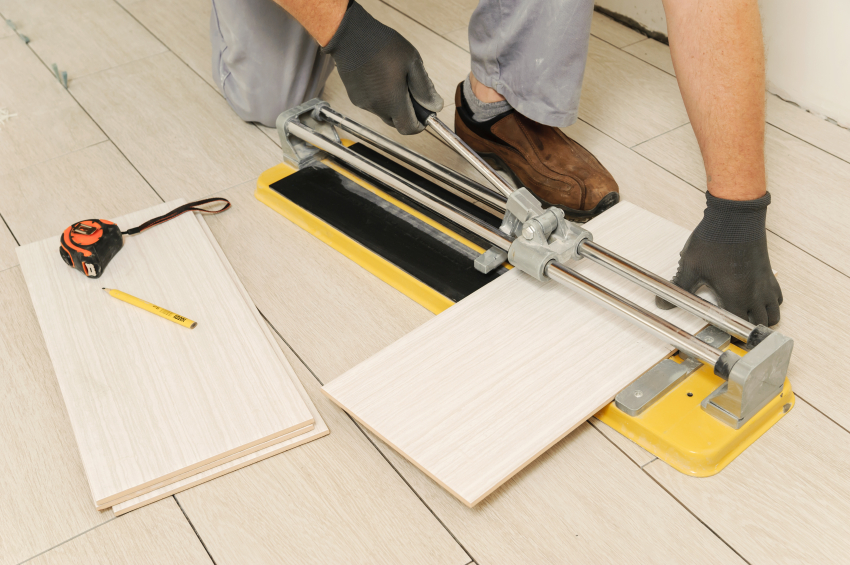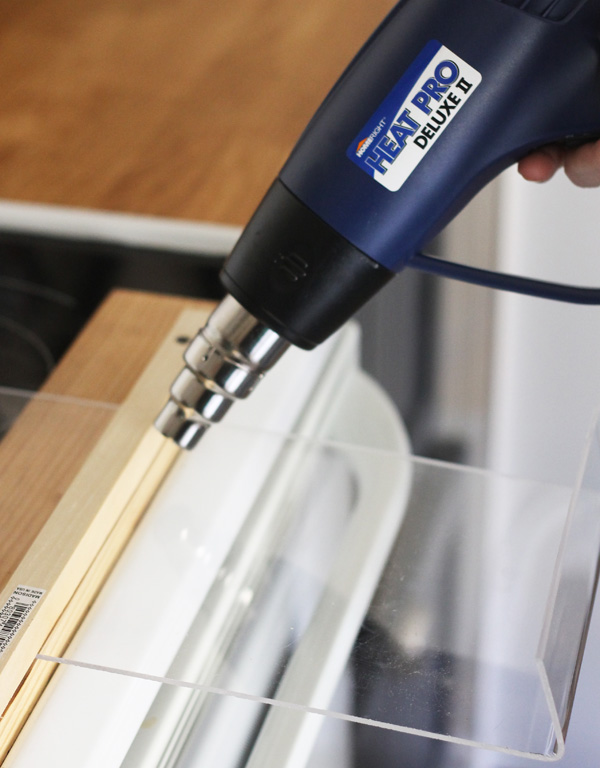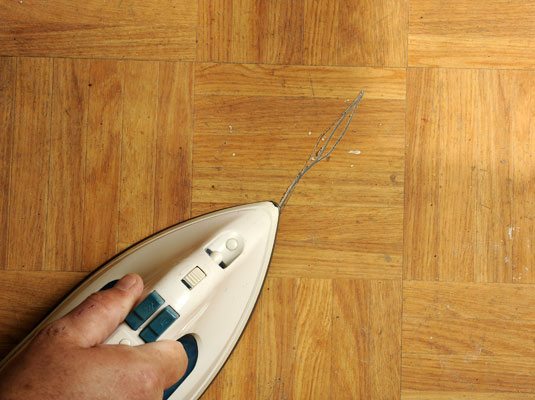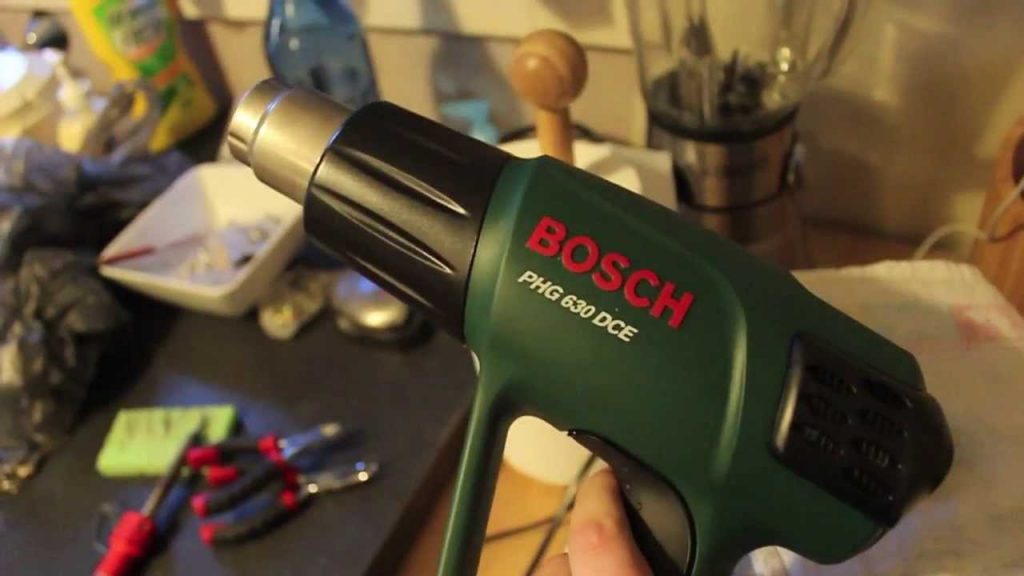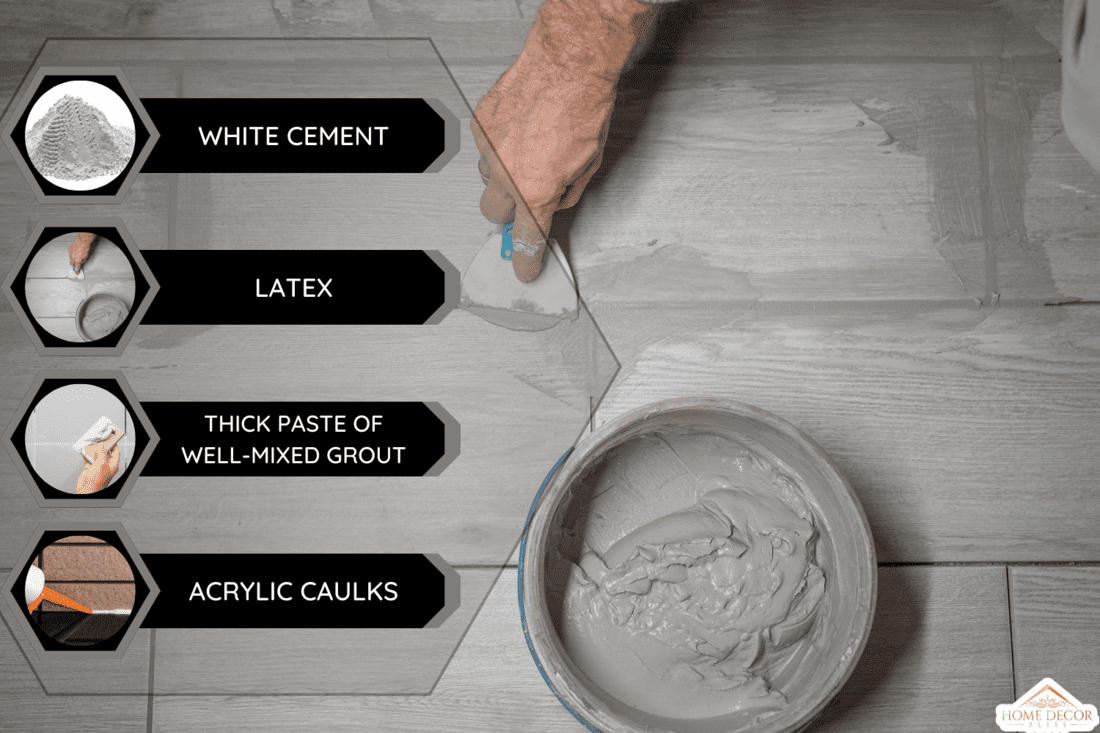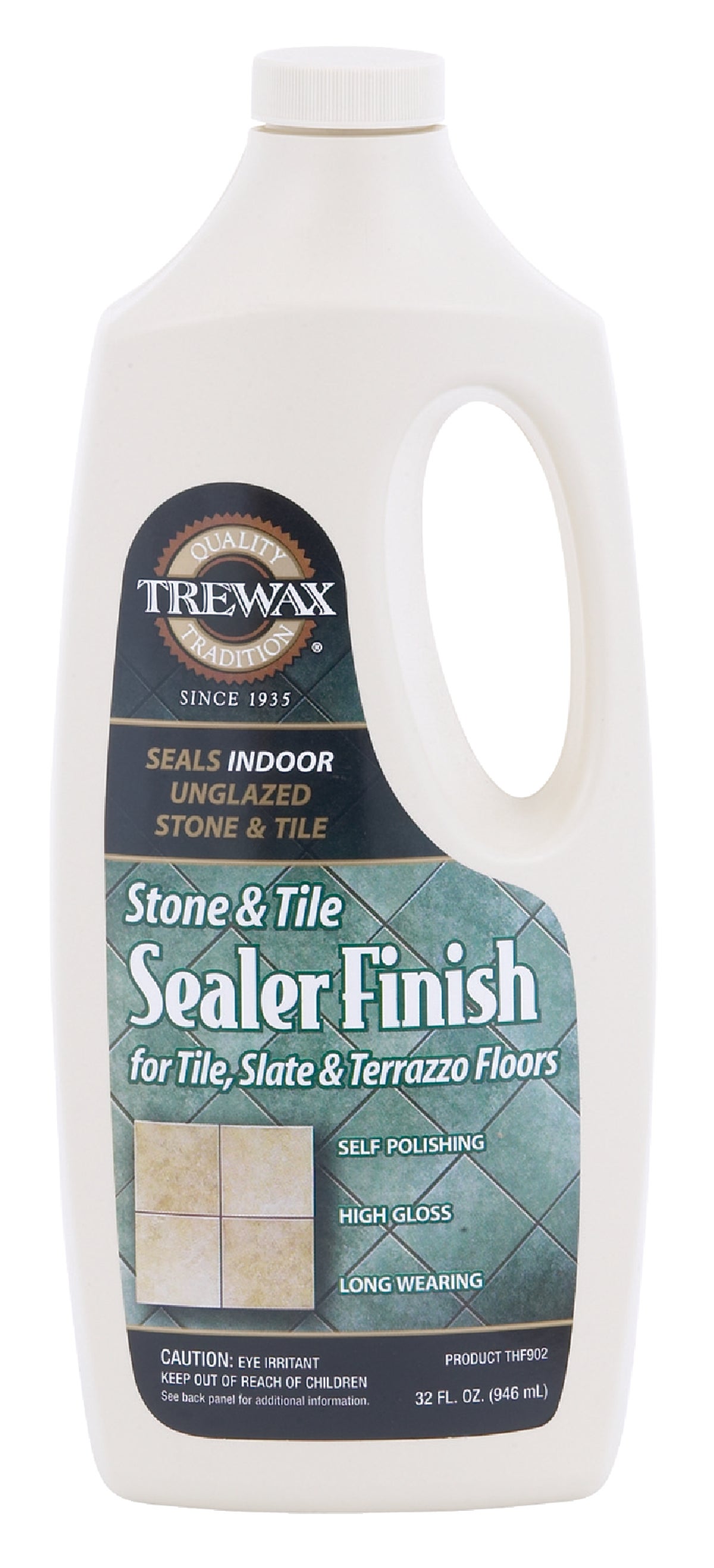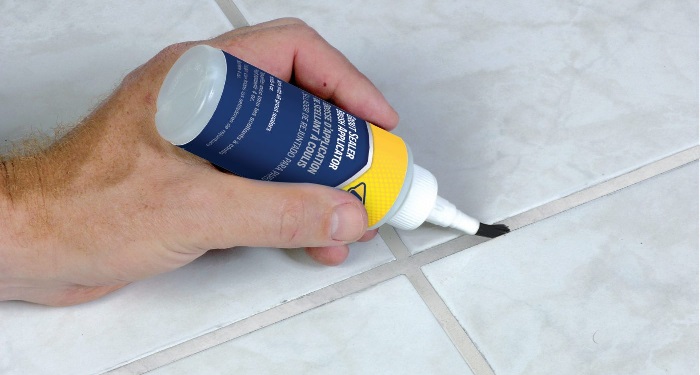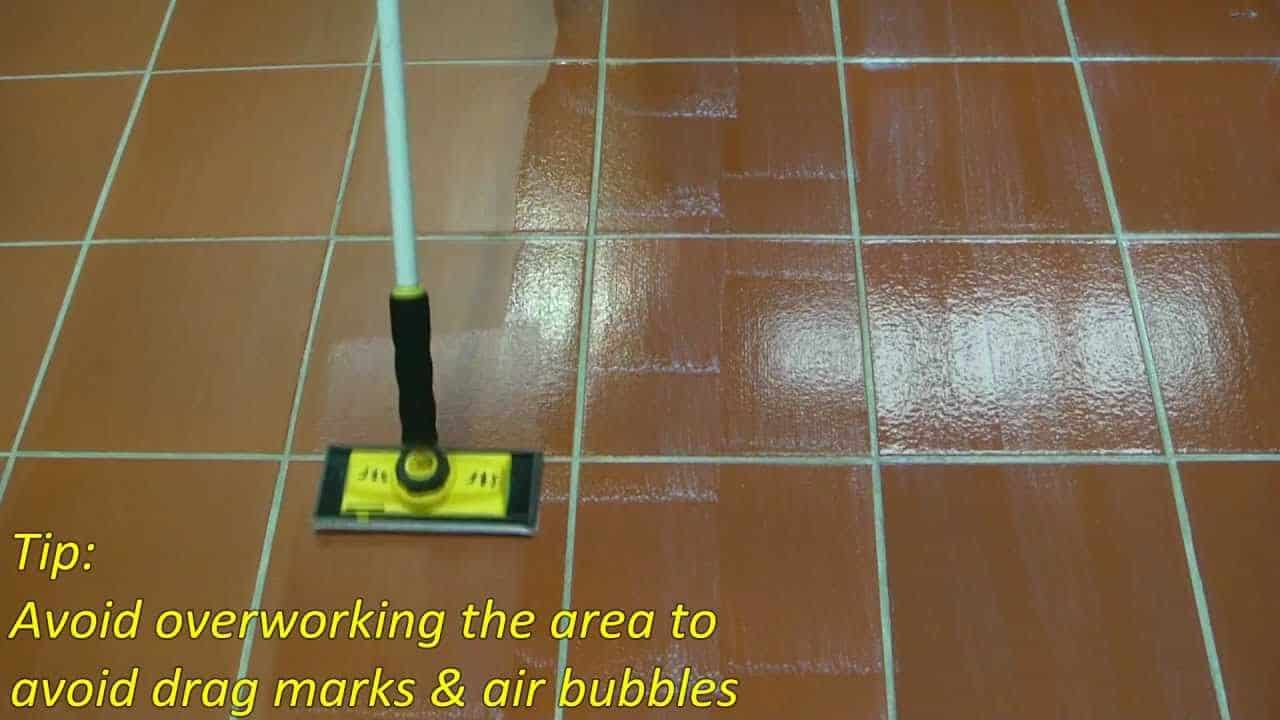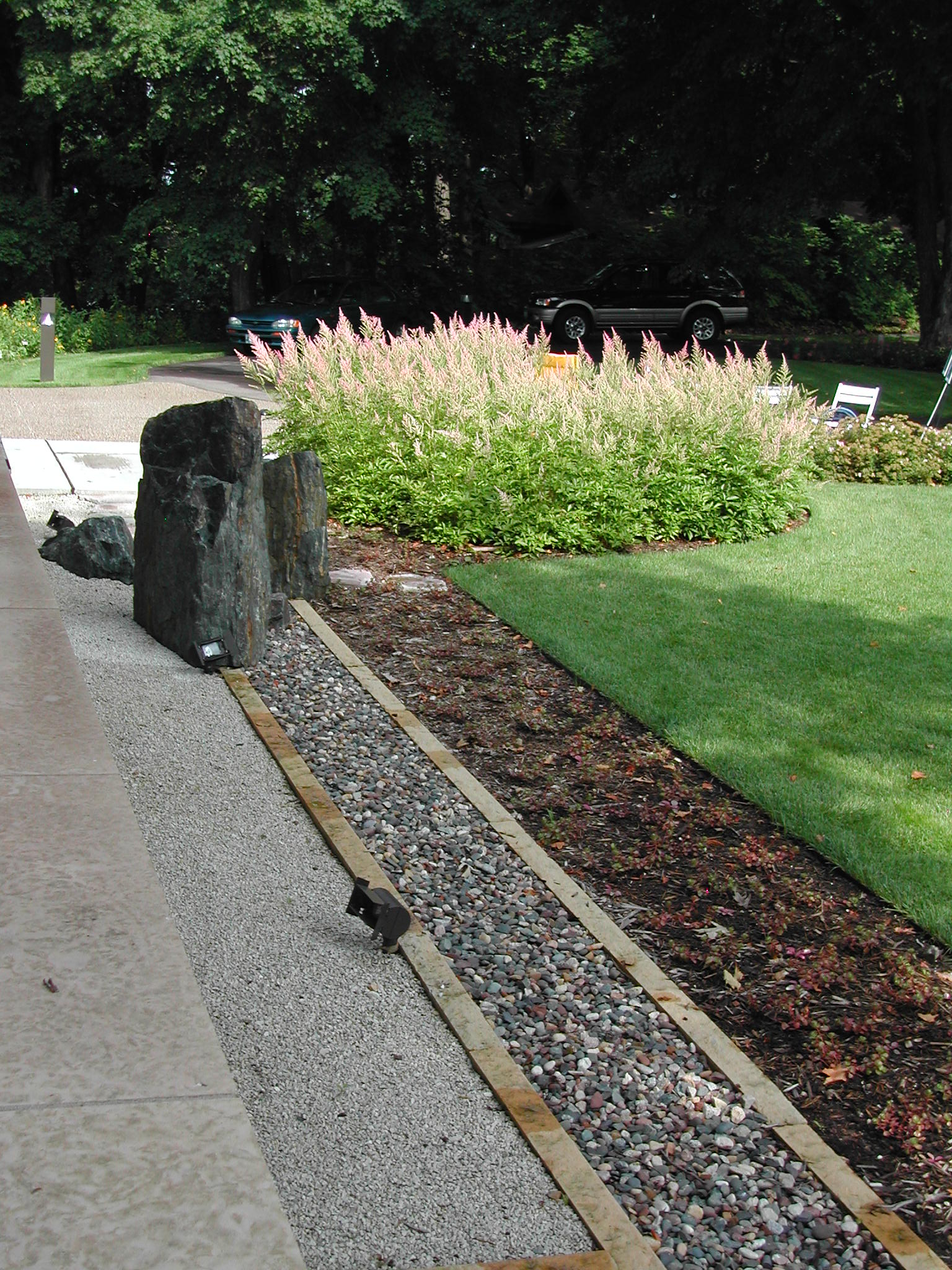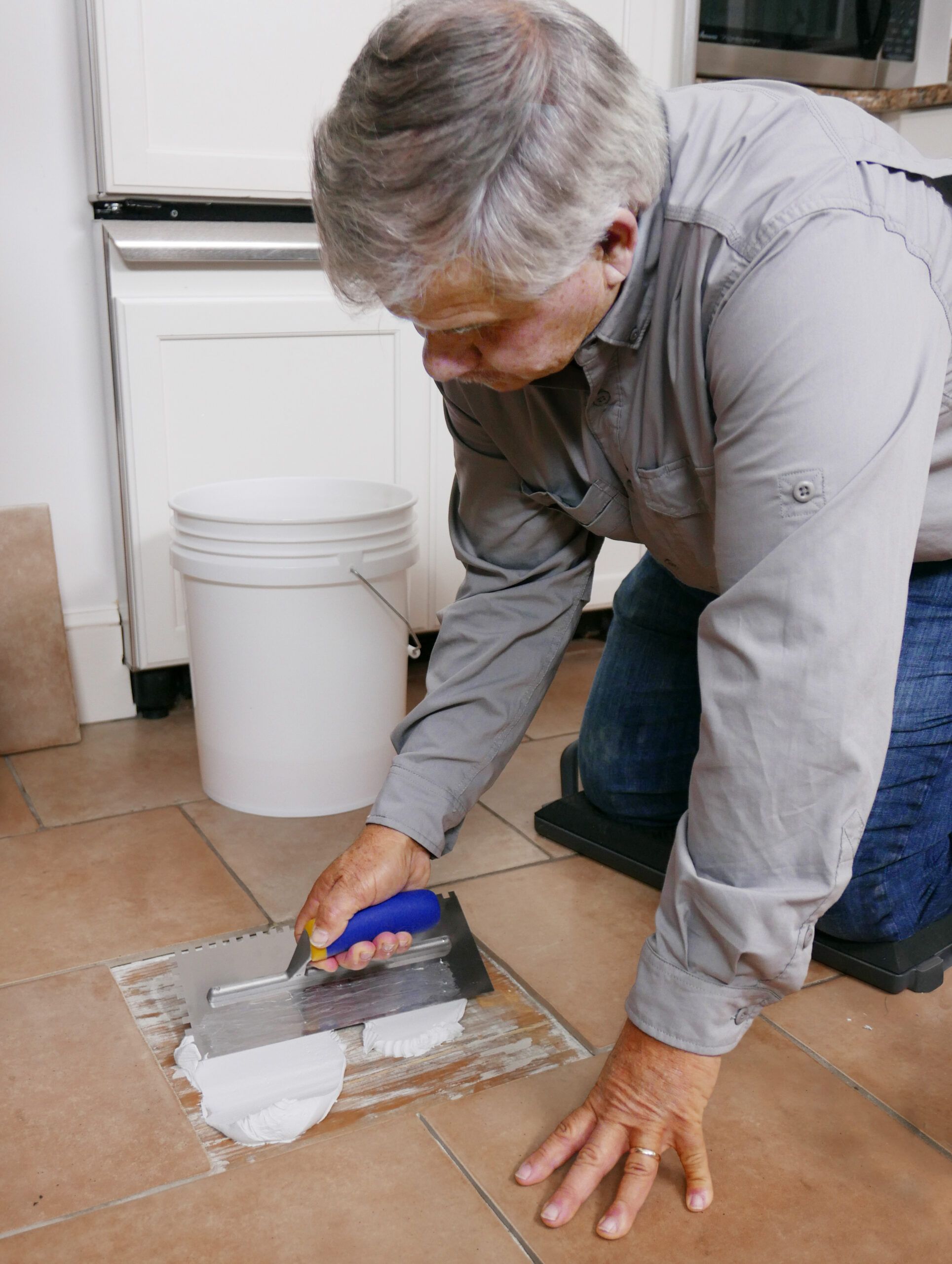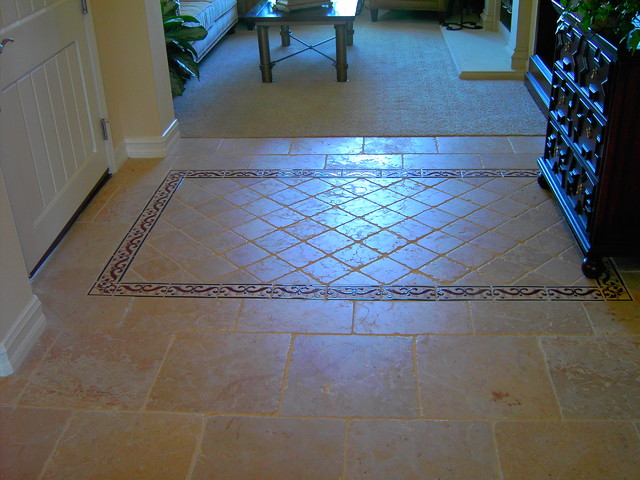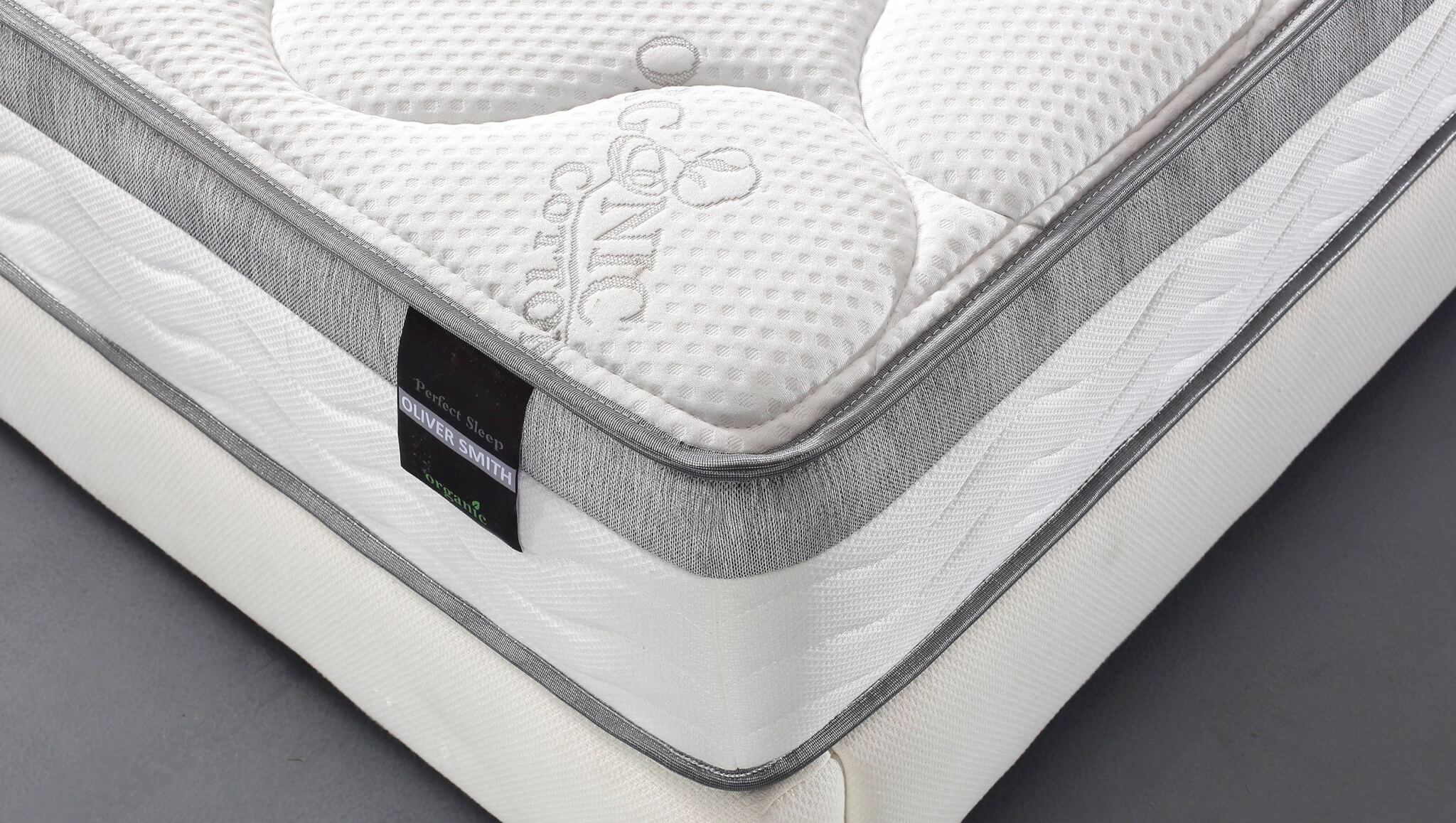1. Remove the old tile inset and replace with a new one
One of the most straightforward ways to replace a tile inset in a kitchen table is to remove the old one and replace it with a new one. This method requires some basic tools like a hammer, chisel, and putty knife. Start by carefully prying up the old tiles and removing them from the inset. Once the old tiles are removed, clean the inset with a damp cloth to remove any residue or debris. Then, simply lay the new tile inset in place and secure it with a thin layer of tile adhesive. This method is ideal for those who want a quick and easy solution.
2. Use a grout saw to remove the old grout and replace with new grout
If your tile inset is in good condition, but the grout between the tiles is cracked or discolored, you can use a grout saw to remove the old grout and replace it with new grout. This method requires a bit more time and patience, but it can give your kitchen table a fresh and updated look. Start by using the grout saw to carefully scrape out the old grout. Then, clean the area with a damp cloth and let it dry completely. Next, mix the new grout according to the manufacturer's instructions and apply it to the gaps between the tiles. Use a grout float to smooth out the grout and remove any excess. Finally, wipe the tiles clean with a damp cloth and let the grout dry completely before using the table.
3. Cover the tile inset with a new piece of wood or laminate
If you're not a fan of tiles and want to change the look of your kitchen table completely, you can cover the tile inset with a new piece of wood or laminate. This method is ideal for those who want a more natural or modern look for their kitchen table. Start by measuring the size of your inset and cutting the wood or laminate to fit. Then, use a strong adhesive to attach the new piece to the inset. You can also use a router to create a smooth edge around the inset. This method is a more permanent solution, and it may require some DIY skills, but it can completely transform the look of your kitchen table.
4. Use a tile adhesive to attach new tiles to the inset
If you want to keep the tile inset but want to update the style or color of the tiles, you can use a tile adhesive to attach new tiles to the inset. This method is relatively simple and can give your kitchen table a fresh new look. Start by removing the old tiles, cleaning the inset, and letting it dry completely. Then, use a tile adhesive to attach the new tiles to the inset. Make sure to use a level to ensure the tiles are evenly placed. Once the adhesive has dried, you can grout the gaps between the tiles and wipe the surface clean for a polished finish.
5. Use a tile cutter to cut new tiles to fit the inset
If you have a unique or custom-sized tile inset in your kitchen table, you may need to use a tile cutter to cut new tiles to fit. This method requires some precision and patience, but it can give you a perfect fit for your inset. Start by measuring the size of your inset and marking the measurements on the back of the tile. Then, use a tile cutter to score the tile along the marked lines. Gently snap the tile along the scored lines and use a tile file to smooth out any rough edges. Once the tiles are cut to size, you can follow the steps mentioned in method 4 to attach them to the inset.
6. Use a heat gun to soften the old adhesive and remove the old tiles
If you're dealing with stubborn or old adhesive on your kitchen table's tile inset, you can use a heat gun to soften the adhesive and make it easier to remove the old tiles. This method requires some caution as the heat gun can get very hot. Start by heating up the adhesive with the heat gun and then use a putty knife to carefully pry up the tiles. The heat will soften the adhesive, making it easier to remove the tiles without damaging the inset. Once the old tiles are removed, clean the inset and follow the steps mentioned in method 4 to attach the new tiles.
7. Fill in the gaps between the tiles with new grout
If your tile inset is in good condition, but the grout is cracked or missing in some areas, you can fill in the gaps with new grout. This method is ideal for those who want to touch up their kitchen table's appearance without completely replacing the tiles. Start by cleaning the inset and removing any old grout with a grout saw. Then, mix the new grout and use a grout float to fill in the gaps between the tiles. Wipe away any excess grout with a damp cloth and let it dry completely. This method can give your kitchen table a refreshed look without much effort.
8. Use a tile sealer to protect the new tiles
Once you have replaced or updated your kitchen table's tile inset, it's essential to protect it from any spills or stains. You can do this by applying a tile sealer to the surface of the tiles. This method is relatively simple and can help prolong the lifespan of your kitchen table. Start by cleaning the tiles and letting them dry completely. Then, apply the sealer using a clean cloth or brush, making sure to cover all the tiles and grout lines. Let the sealer dry completely before using the table. You can also reapply the sealer every year to maintain the protection.
9. Use a tile edging to create a clean edge around the inset
To give your kitchen table a polished and finished look, you can use a tile edging to create a clean edge around the inset. This method is ideal for those who want to add a decorative touch to their kitchen table. Start by measuring the edges of your inset and cutting the tile edging to fit. Then, use a tile adhesive to attach the edging to the edges of the inset. You can also use a grout to fill in any gaps between the edging and the tiles. This method can give your kitchen table a professional and polished appearance.
10. Hire a professional to replace the tile inset for a more precise and efficient job
If you don't have the time, skills, or tools to replace the tile inset in your kitchen table, you can always hire a professional to do the job for you. This method may cost more, but it ensures a precise and efficient job. Professional tile installers have the necessary tools and expertise to replace the tile inset quickly and correctly. They can also offer guidance and suggestions on the best materials and techniques to use for your specific kitchen table. This method is ideal for those who want a hassle-free and high-quality result.
In conclusion, there are various ways to replace a tile inset in a kitchen table, depending on your preferences and budget. Whether you choose to remove and replace the old tiles or cover them with a new material, it's essential to take the necessary precautions and follow the instructions carefully for a successful outcome. You can also consult a professional for advice and assistance to ensure your kitchen table looks as good as new.
Why Replace Tile Inset in a Kitchen Table?

Aesthetic Appeal
 One of the main reasons to consider replacing the tile inset in a kitchen table is for aesthetic appeal. Over time, tile insets can become cracked, chipped, or discolored, making your kitchen table look worn and outdated. By replacing the tile inset, you can instantly refresh the look of your kitchen and give it a more modern, cohesive appearance. Plus, with so many different tile options available, you can choose a style that perfectly fits your personal taste and complements your kitchen design.
One of the main reasons to consider replacing the tile inset in a kitchen table is for aesthetic appeal. Over time, tile insets can become cracked, chipped, or discolored, making your kitchen table look worn and outdated. By replacing the tile inset, you can instantly refresh the look of your kitchen and give it a more modern, cohesive appearance. Plus, with so many different tile options available, you can choose a style that perfectly fits your personal taste and complements your kitchen design.
Functionality
 Another important factor to consider when replacing a tile inset in a kitchen table is functionality. If your current tile is damaged or uneven, it can make it difficult to use your kitchen table for its intended purpose. This can be especially frustrating when trying to prepare meals or entertain guests. By replacing the tile inset, you can ensure that your kitchen table is smooth and level, making it easier to use and more functional for everyday activities.
Another important factor to consider when replacing a tile inset in a kitchen table is functionality. If your current tile is damaged or uneven, it can make it difficult to use your kitchen table for its intended purpose. This can be especially frustrating when trying to prepare meals or entertain guests. By replacing the tile inset, you can ensure that your kitchen table is smooth and level, making it easier to use and more functional for everyday activities.
Budget-Friendly
 Replacing a tile inset in a kitchen table may seem like a daunting and expensive task, but it can actually be quite budget-friendly. Instead of replacing the entire table, simply replacing the tile inset can save you time and money. You can also choose from a variety of tile options to fit your budget and still achieve a high-end look. Additionally, by choosing durable and long-lasting materials, you can save money in the long run by avoiding frequent replacements.
Replacing a tile inset in a kitchen table may seem like a daunting and expensive task, but it can actually be quite budget-friendly. Instead of replacing the entire table, simply replacing the tile inset can save you time and money. You can also choose from a variety of tile options to fit your budget and still achieve a high-end look. Additionally, by choosing durable and long-lasting materials, you can save money in the long run by avoiding frequent replacements.
Increased Home Value
 Lastly, replacing the tile inset in your kitchen table can add value to your home. A modern and well-maintained kitchen is a major selling point for potential buyers, and a freshly updated kitchen table can play a significant role in their decision-making process. By investing in the appearance and functionality of your kitchen, you can increase the overall value of your home and potentially see a return on your investment in the future.
Lastly, replacing the tile inset in your kitchen table can add value to your home. A modern and well-maintained kitchen is a major selling point for potential buyers, and a freshly updated kitchen table can play a significant role in their decision-making process. By investing in the appearance and functionality of your kitchen, you can increase the overall value of your home and potentially see a return on your investment in the future.
Conclusion
 In conclusion, replacing the tile inset in a kitchen table can greatly enhance the overall look and functionality of your kitchen. With a wide range of options available, it's a budget-friendly way to update your space and potentially increase the value of your home. Don't let a worn and outdated tile inset hold you back from fully enjoying your kitchen - consider replacing it today for a fresh and modern look.
In conclusion, replacing the tile inset in a kitchen table can greatly enhance the overall look and functionality of your kitchen. With a wide range of options available, it's a budget-friendly way to update your space and potentially increase the value of your home. Don't let a worn and outdated tile inset hold you back from fully enjoying your kitchen - consider replacing it today for a fresh and modern look.


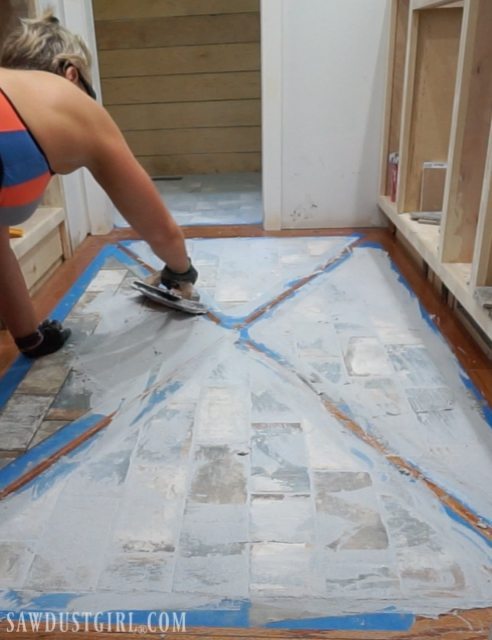




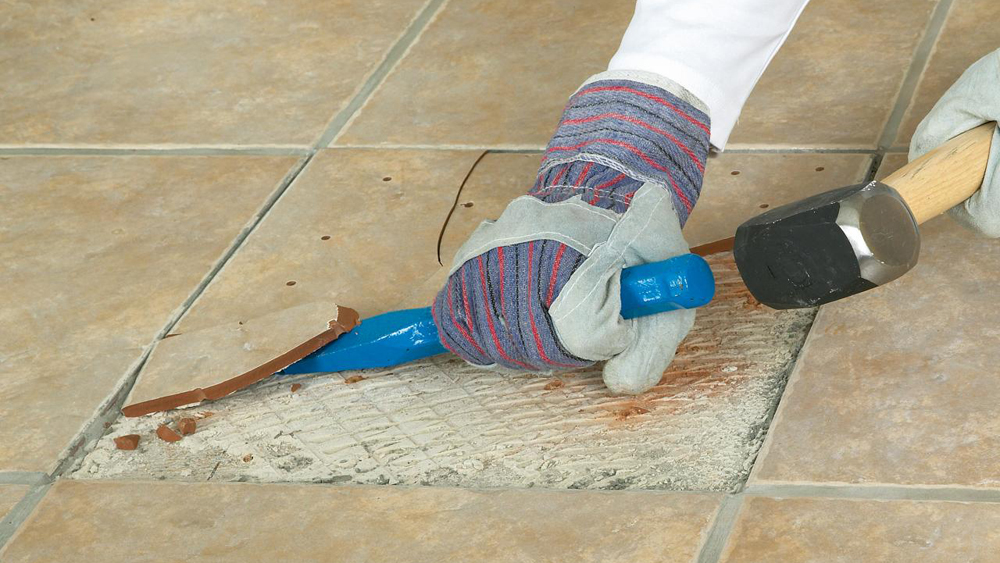
/woman-removing-old-tiles-645377785-5852d2215f9b586e02d2ee25.jpg)
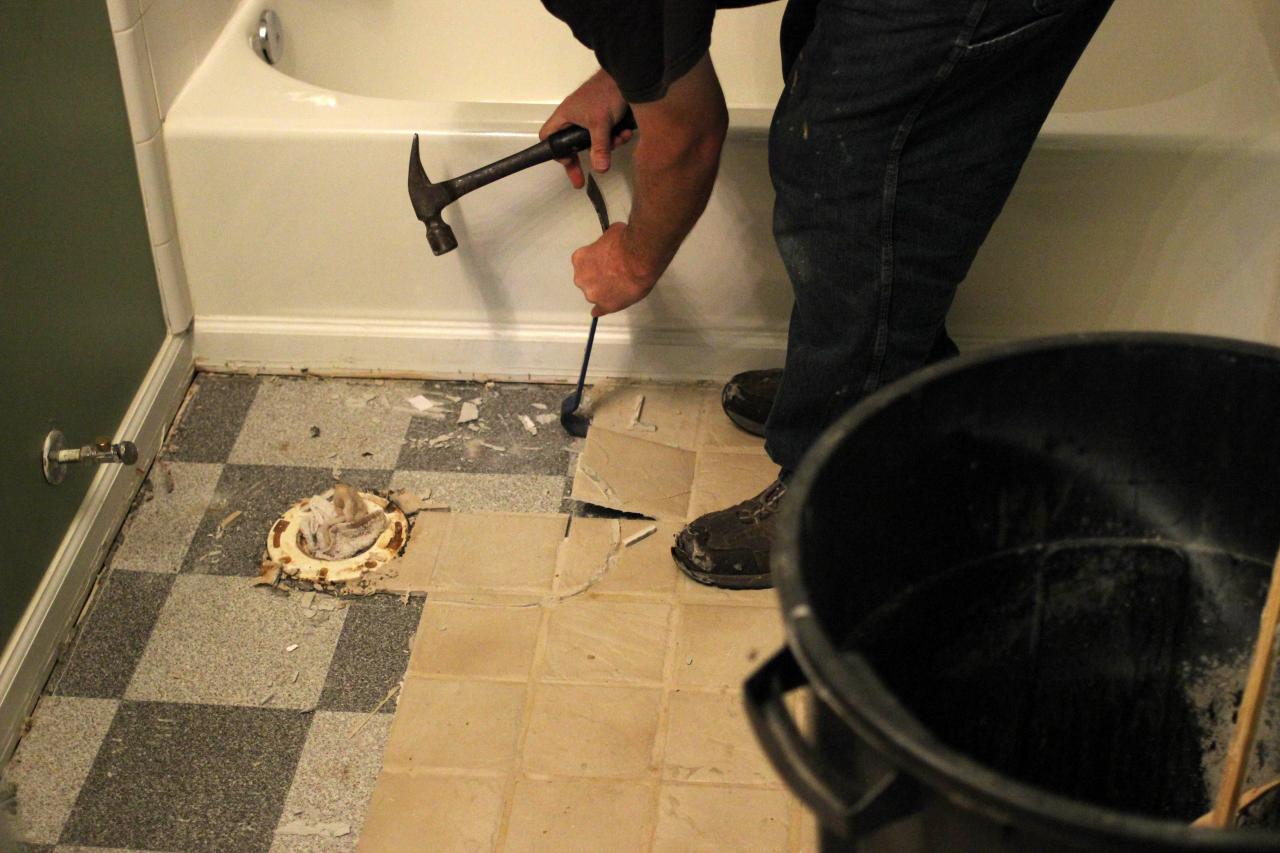






:max_bytes(150000):strip_icc()/remove_tile_grout_in_a_few_simple_steps_1822630_03-5d5a661a967b4aabab4f3411252508a5.jpg)
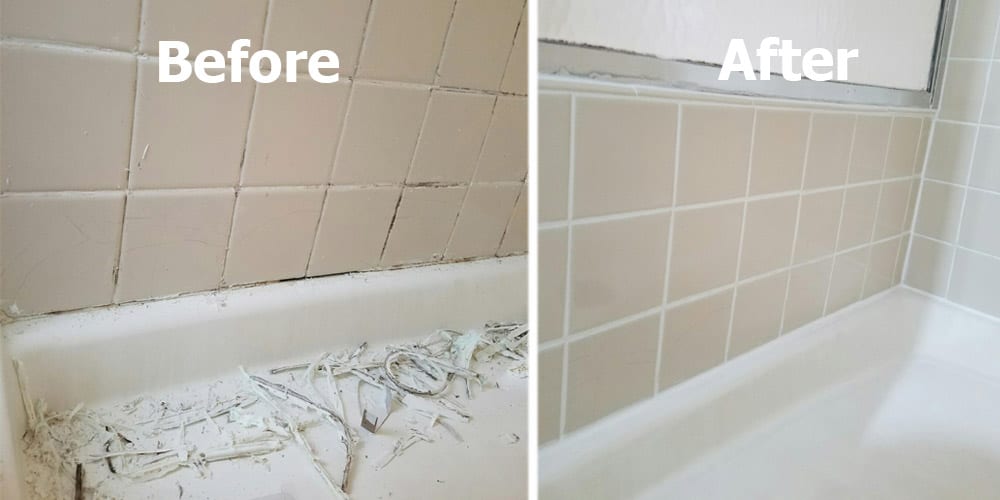

:max_bytes(150000):strip_icc()/remove_tile_grout_in_a_few_simple_steps_1822630_06-2c9f510610dd4dcd9e6981ed1dc8fb79.jpg)

:max_bytes(150000):strip_icc()/616vjOBJCHL._AC_SL1500_-97fdefbbe0d84024ade914dc9d87308b.jpg)

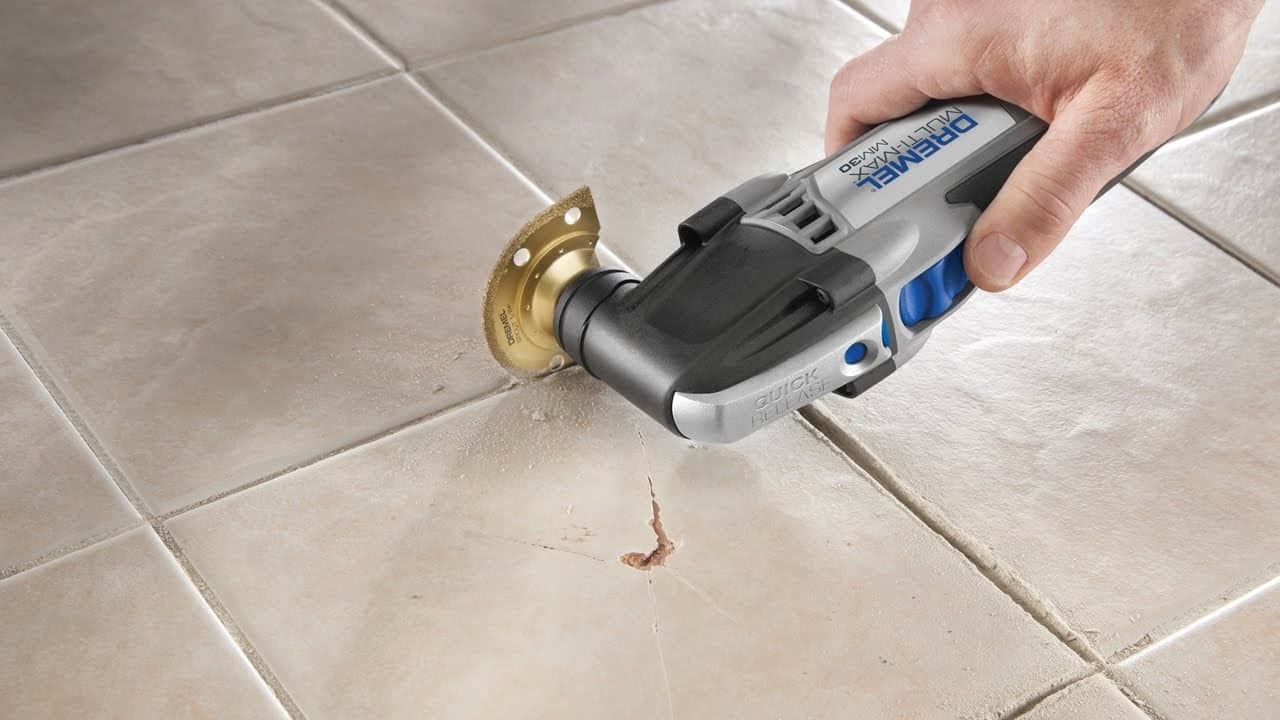
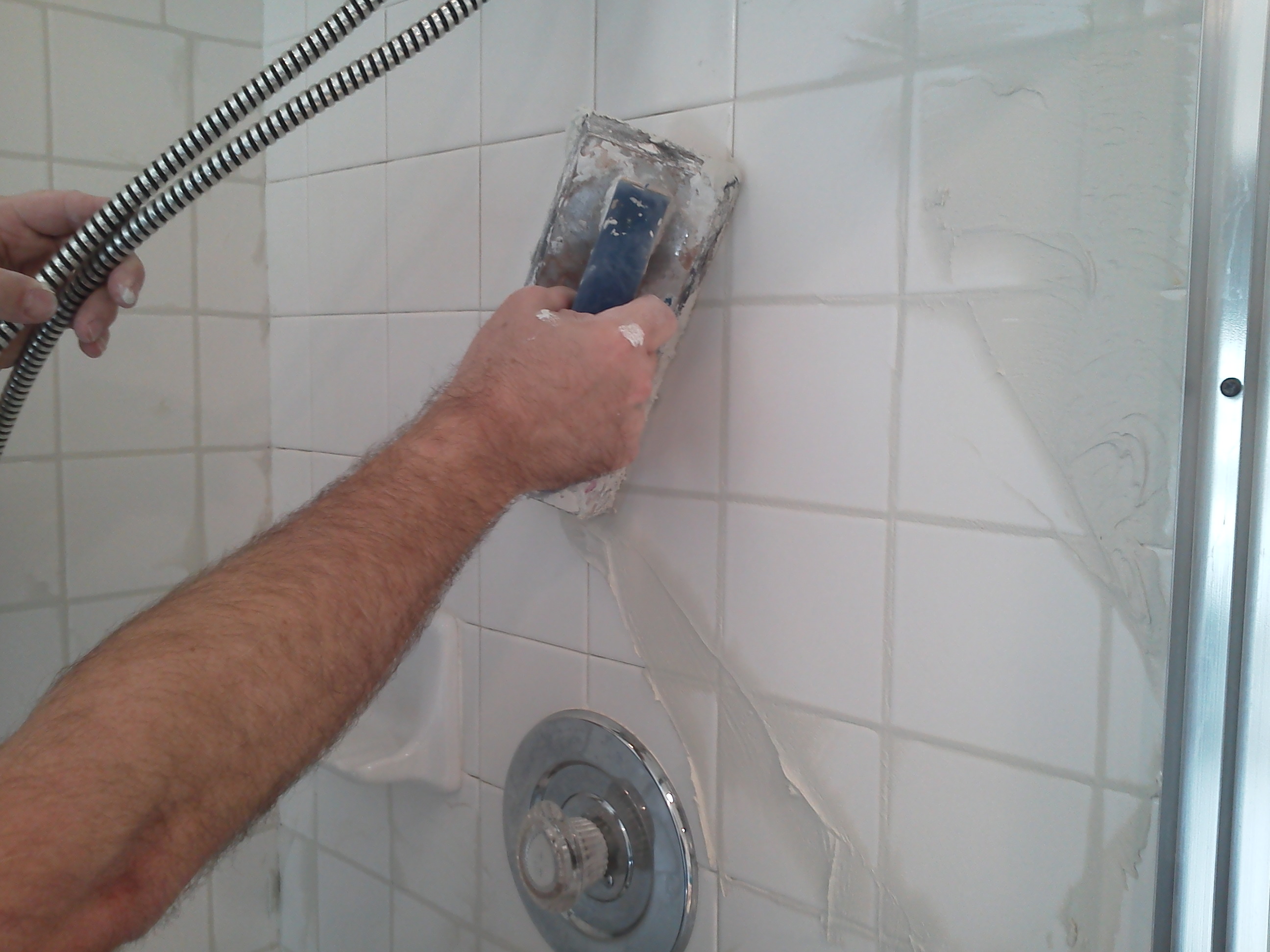













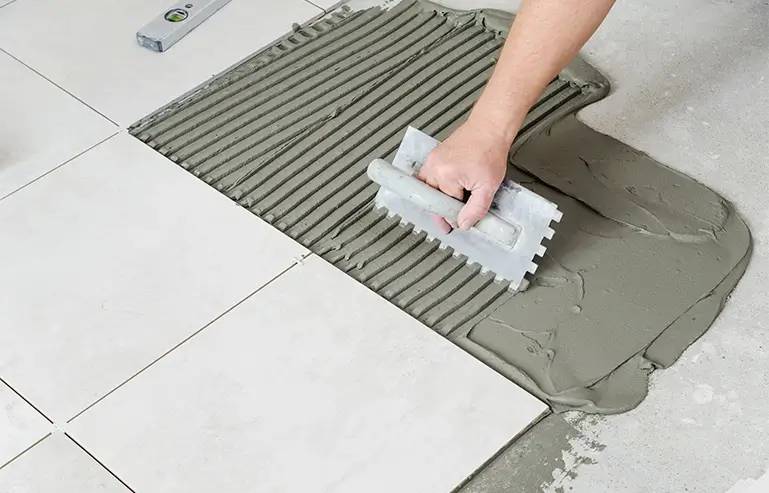

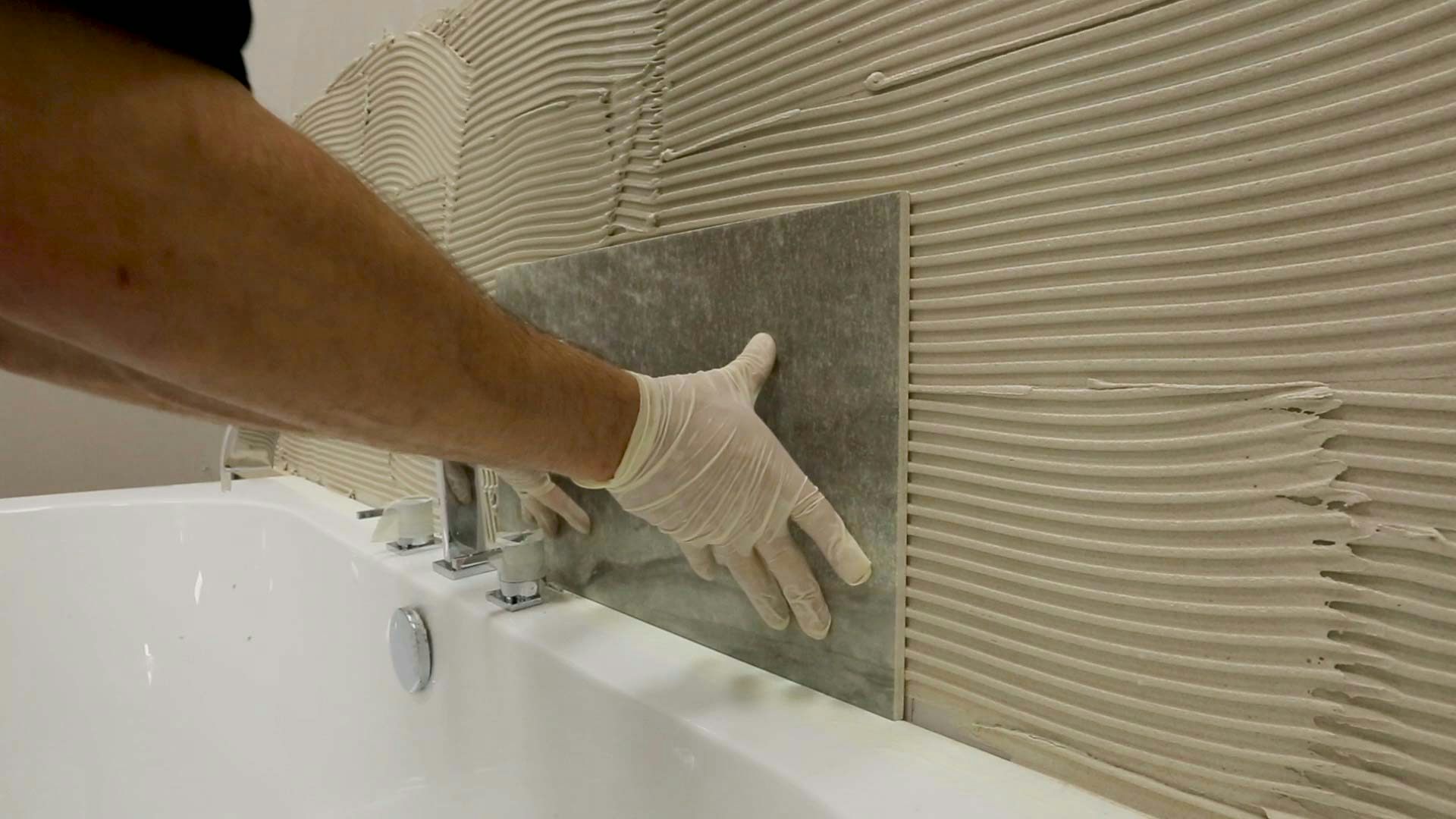

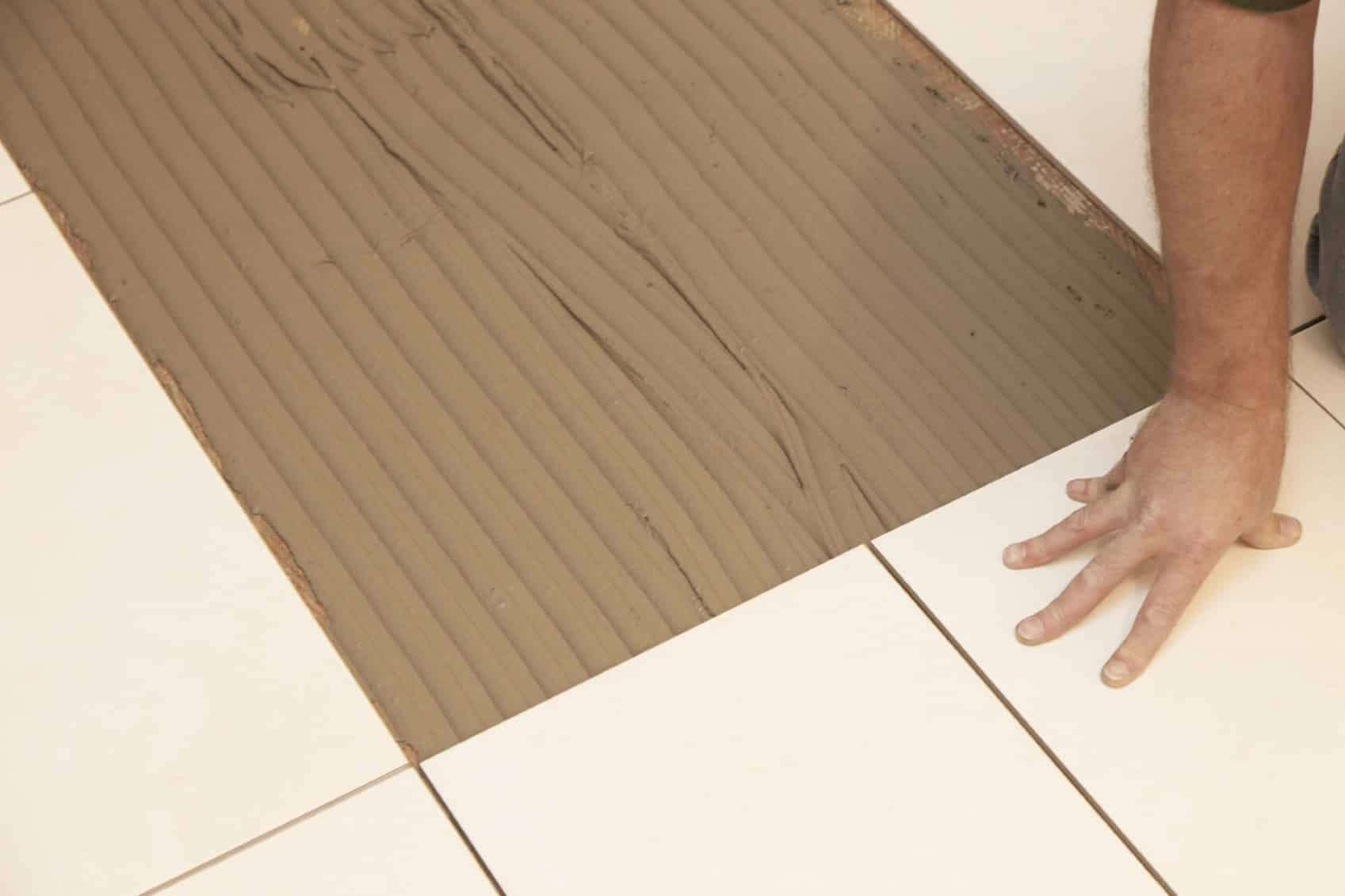
/b4438a2f-fdbc-41e3-99db-d8d2e160b12b_1000-5849b8d83df78ca8d5ad600d.jpg)

